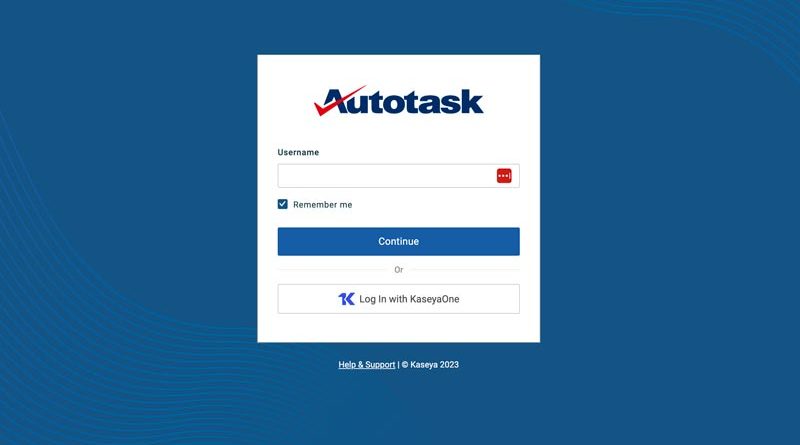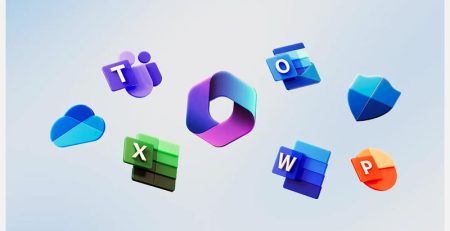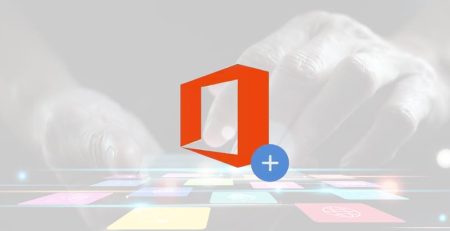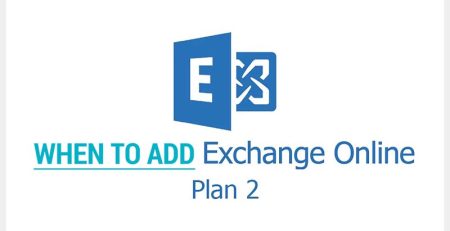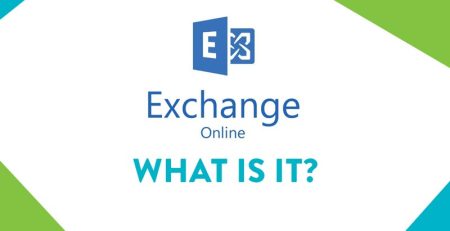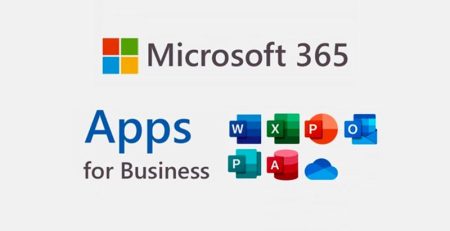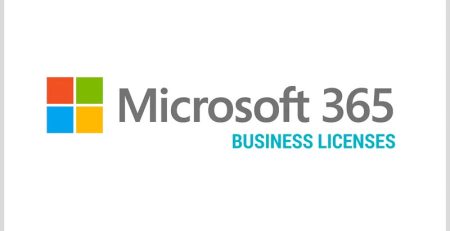Why Do MSPs Use Ticketing Systems?
If you’ve ever had to contact your managed service provider or IT department to fix an issue with your computer or server, you most likely had to create a ticket.
But why do MSPs use ticketing systems? Wouldn’t it be easier to make a phone call?
Depending on the severity of your issue, a phone call may be your best bet. And even if your issue does warrant a phone call, we will still create a ticket for that issue. For every client request, we need to be able to collect, organize, prioritize, track and assign these tickets so they can be completed promptly.
Autotask, ConnectWise and Zendesk are some of the more popular ticketing systems that allow you to do everything listed above. Some of these services even offer live chat to help customers solve problems before escalating to a phone call.
Tracking the process of fixing things that are broken isn’t the only reason MSPs use ticketing systems. We’ll also use it for small projects, for example, if a client ordered a computer. We’ll use the ticketing system to update the customer on the order and then once we receive the device, give updates on installing any software they might need.
Here are the top reasons why managed service providers use a ticketing system to track client requests.
Ticketing Systems Hold Us Accountable
Since managed service providers bill clients based on how long it takes to complete tickets (more on that later), there needs to be accountability on our end as far as ensuring we are doing everything in our power to complete tickets quickly and efficiently.
Ticketing systems allow for an open line of communication between technician and client. When the ticket is updated, the client will automatically receive an email about that update. The client can respond to the email, and that response will automatically be logged in the ticket.
Additionally, it’s common for a technician to begin working on a ticket and, eventually, ask for help from another technician when all ideas have been exhausted. Or maybe the first technician has to stop working on a ticket because they’ve been assigned to a higher-priority ticket.
Technicians can document everything about the issue in the ticketing system, including challenges and ideas that didn’t work. The documentation allows the second technician to get up to speed on what the issue is and what already has been done. If the first technician didn’t log anything about the issue, the second technician could be duplicating possible solutions or asking the client questions that already have been answered, which wastes the client’s time and the technician’s time.
After the ticket is closed, we send out a survey to ask the client how the process went. We take these surveys seriously and always strive to improve our support desk experience.
They Help with Organization
Because managed service providers employ multiple technicians and can have hundreds of clients in different industries with different needs, we need a way to organize all the requests we receive.
Being able to sort tickets by technician, client, priority, date, status, issue type, etc., gives us multiple ways to manage everything.
Creating a ticket with us will speed up the process by avoiding the back-and-forth, information-gathering questions that calling us would entail.
We offer a desktop app that makes it very simple to ask for help. You just need to add a subject and a short description of the problem you are having. The app allows you to attach any files that give us more context, and it gives you the option to take a screenshot of what is currently on your screen in case you want to show us any error messages you are receiving or if it’s difficult to describe what is on your monitor.
As a bonus, the app automatically will send us your computer’s information and specifications to help us solve your problem more efficiently.
Emailing support@hungerford.tech also creates a ticket in our system but doesn’t send us your computer’s information and specifications.
A ticketing system allows us to look at our dashboard of every open ticket to start prioritizing which tickets will be worked on first.
“Ticketing systems are an important tool for any managed service provider to track and organize client requests, as well as update clients on their problems.”
They Help Prioritize Tickets
We understand it can be frustrating when an issue with your computer doesn’t allow you to do your job or prohibits you from doing your job effectively. However, because we get so many tickets — anywhere from 50 to 70 per day — we need to employ a system that helps us determine which problems need to be taken care of immediately versus which problems need to be taken care of later in the day.
We have four priority levels: low, standard, same day and high priority.
Low: These are the lowest-priority tickets, and we aim to resolve them within eight hours. These tickets are addressed as time allows, generally during slow times when other tickets have been resolved. These could include non-urgent questions or minor software updates.
Standard: Slightly more urgent than low-priority tickets, standard tickets could be minor problems that don’t dramatically affect your workday, such as a program running slowly or taking a long time to boot up. You can still work, but you won’t be as productive as normal.
Same day: Same-day tickets are slightly more urgent than standard response tickets, and we aim to resolve them within four hours. If you’re having issues connecting to your printer, that’s a problem, but not something that has to be addressed immediately.
High priority: This is the highest level of priority we have, and when we receive one of these tickets, we will drop everything we are currently working on to fix this issue. Some good examples of high-priority issues are if a server is down, a piece of business-critical software isn’t working or a data breach has occurred.
They Track Response Time
Managed service providers must be able to track the time it took a technician to solve an issue so they can bill their clients the appropriate amount.
For example, we bill in 15-minute increments. If a ticket takes 15 minutes or less to complete, then we bill it as 15 minutes. If a ticket takes 18 minutes to complete, then we bill it at 30 minutes.
Response time tracking also ties into the accountability mentioned earlier. We want to give our clients full transparency when it comes to completing tickets rather than them thinking we’re estimating the time it took us to solve the issue. Additionally, we want to be as detailed as we can with our process, so if a customer receives a bill that a ticket took three hours to solve, we can show why it took us three hours.
Tracking response time also helps us determine how efficiently each technician is completing tickets. If a technician generally takes a significantly longer time to complete tickets than other technicians do, then a discussion can be had about what is prohibiting that technician from completing tickets in a timely manner.
Ticketing Systems Help Find Patterns
Ticketing systems help find patterns between users. If we get multiple tickets about the same issue, we can refer to previous tickets about how to solve that issue.
Ticketing systems have note fields for technicians to document the challenges faced and, ultimately, how the problem was solved. The more detailed the better, as another technician can quickly learn about the issue from the ticketing system.
If a lot of clients are experiencing the same issue, we can take proactive steps to ensure the same issue won’t happen to more clients. Also, tickets about the same issue can be merged, which helps the technician update all clients having the same issue.
Ticketing systems are an important tool for any managed service provider to track and organize client requests, as well as update clients on their problems.
Call Hungerford for IT Services in West Michigan
Contact us here to see how we can help keep your business running smoothly while increasing productivity, security and profitability.

